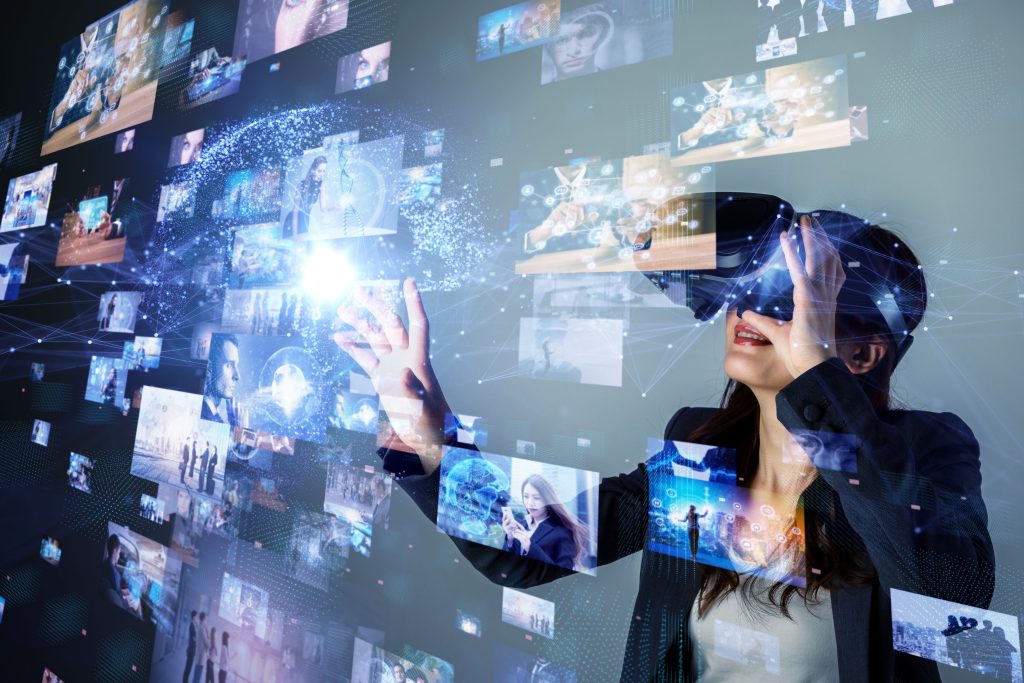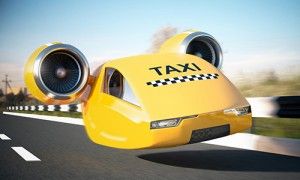
How virtual reality technologies are used today: three ways
Virtual reality (VR) technologies have rapidly evolved over the past decade, transforming the way we interact with digital content and opening up a world of possibilities across various industries. From gaming and entertainment to healthcare and education, VR has found its place in our lives in several remarkable ways. Let's explore three key applications of virtual reality technologies in today's world.
Gaming and Entertainment:
One of the most prevalent uses of VR technology is in the gaming and entertainment industry. With the help of VR headsets and immersive environments, gamers can now step into a virtual world and experience games like never before. Whether it's exploring fantastical realms, engaging in adrenaline-pumping adventures, or competing in virtual sports, VR gaming offers an unparalleled level of immersion and interactivity.
The ability to physically move and interact with virtual objects adds a new dimension to the gaming experience, making it more engaging and realistic.
Moreover, VR has extended beyond gaming into other forms of entertainment. Virtual reality cinema experiences have gained popularity, allowing users to be transported into virtual theaters and enjoy movies on a larger-than-life scale. VR concerts and live events have also emerged, enabling people to attend performances and interact with artists from the comfort of their homes.
These advancements in VR technology are redefining the way we consume entertainment, blurring the lines between the virtual and the real.
Healthcare and Therapy:
Virtual reality has made significant strides in the healthcare industry, revolutionizing the way medical professionals diagnose, treat, and rehabilitate patients. VR simulations provide a safe and controlled environment for training medical students, allowing them to practice complex procedures and surgeries without risking real patients' lives. Surgeons can refine their skills through realistic simulations, enhancing their expertise and improving patient outcomes.
Beyond training, VR is being used in therapeutic interventions for various conditions. For instance, exposure therapy in VR helps individuals with phobias or anxiety disorders gradually confront their fears in a controlled virtual environment. VR is also used to manage pain by creating immersive experiences that distract patients from discomfort or facilitate relaxation.
Furthermore, virtual reality has shown promise in physical rehabilitation, assisting patients in regaining mobility and improving motor skills through interactive exercises and gamified experiences.
Education and Training:
Virtual reality has the potential to reshape the landscape of education by providing immersive and interactive learning experiences. Students can be transported to historical events, distant planets, or the microscopic world, making abstract concepts tangible and engaging. Through virtual field trips, students can explore different cultures, visit museums, or dive into ecosystems that would otherwise be inaccessible.
VR simulations enable hands-on training in areas like engineering, aviation, and military, where real-world practice may be expensive or risky.
Moreover, VR promotes collaboration and social learning. Students can participate in virtual classrooms, interact with peers and teachers, and work on group projects regardless of geographical distances. This technology also caters to learners with diverse needs, offering customizable environments and adaptive learning experiences.
By breaking the barriers of traditional education, virtual reality opens up new horizons for knowledge acquisition and skill development.
In conclusion, virtual reality technologies have found their footing in various domains, bringing transformative experiences and unlocking new possibilities. From gaming and entertainment to healthcare and education, VR is reshaping industries and enhancing our interaction with digital content. As technology continues to advance, we can expect even more innovative applications of virtual reality, creating a future where the virtual and the real seamlessly intertwine.


